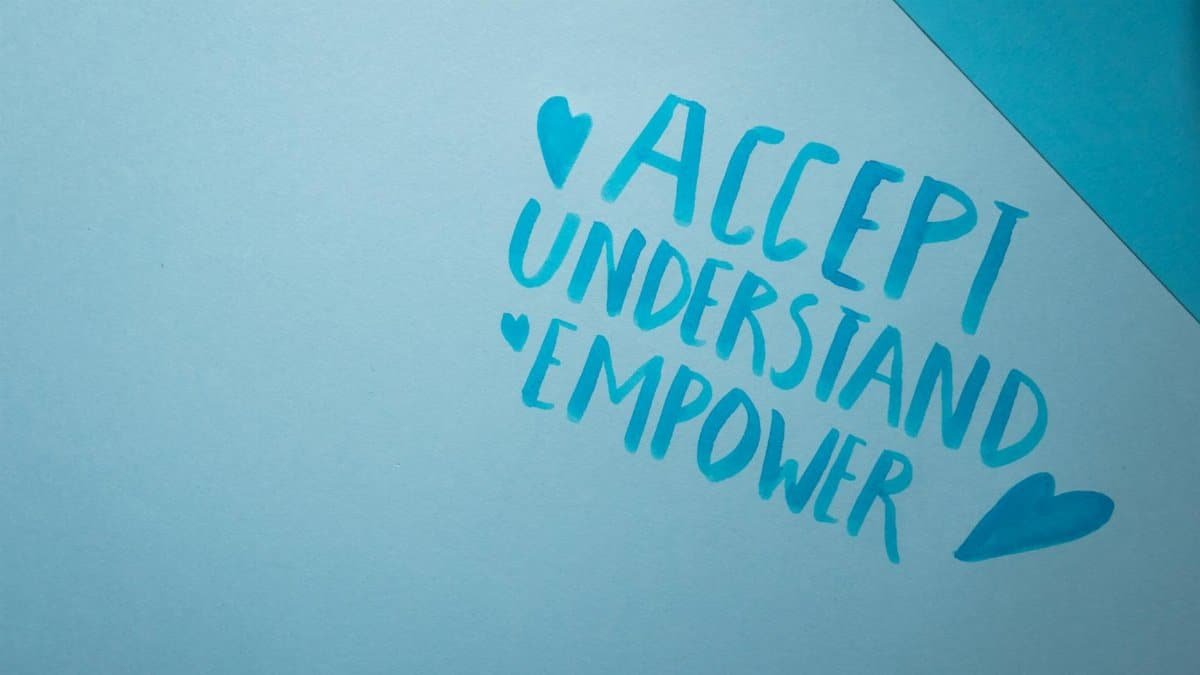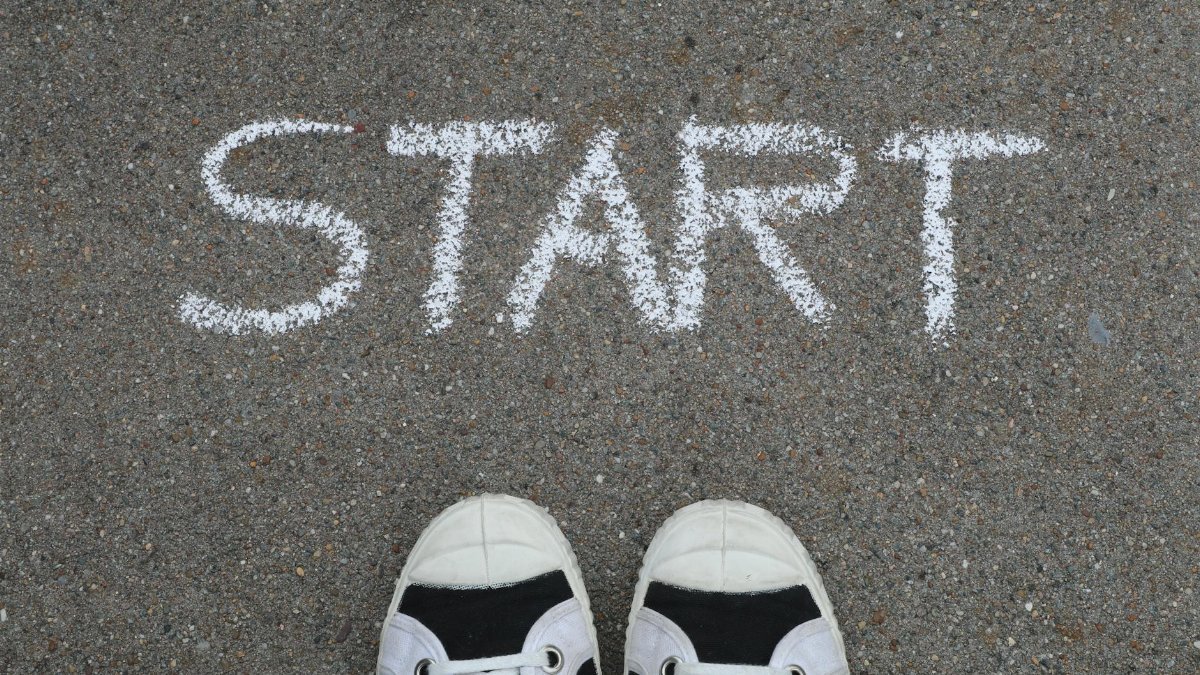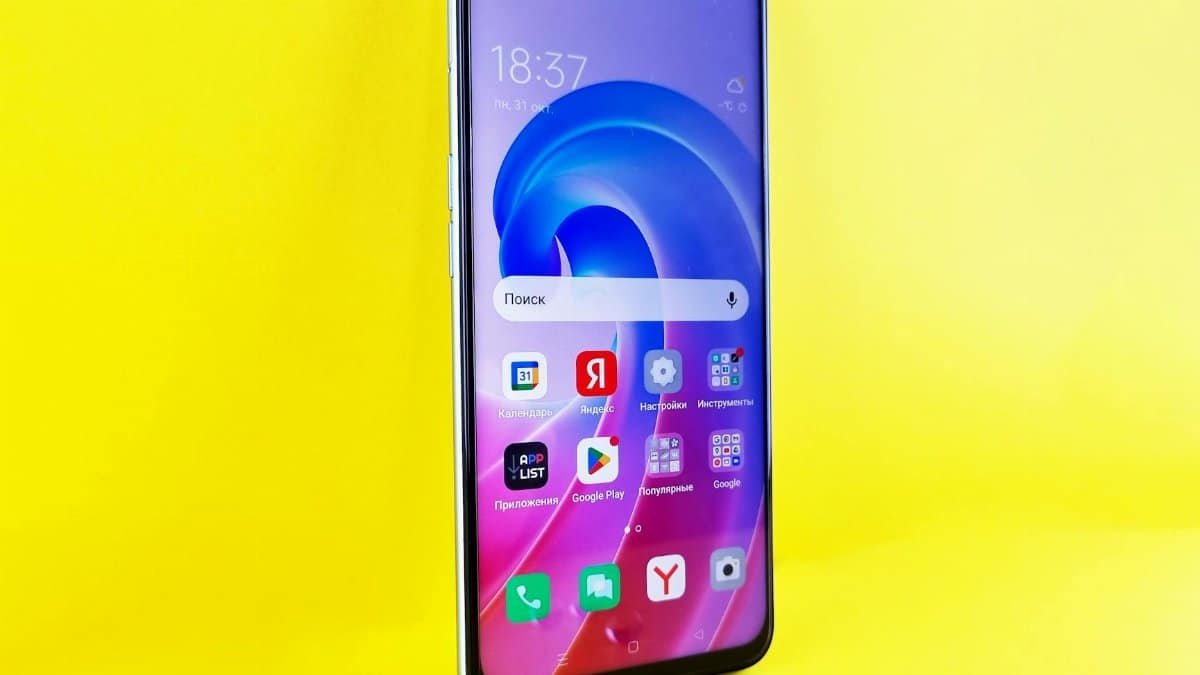Introduction

New data shows 40% of American workers report improved focus after incorporating meditation wellness breathwork into their routines, according to a recent survey by the American Psychological Association. In a fast-paced world where distractions lurk in every email and notification, self-inquiry emerges as a powerful tool. This practice, blending introspection with controlled breathing, helps professionals reclaim their attention. Workers across industries are turning to it to combat the mental fog of constant multitasking. As stress levels rise in 2025, understanding how self-inquiry ties into breathwork could be the key to productivity gains.
Understanding Self-Inquiry Basics

Self-inquiry starts with simple questions like “Who am I?” or “What is driving this distraction?” It roots in ancient philosophies but fits modern wellness. Paired with breathwork, it calms the mind and sharpens awareness. Workers use it to pause amid chaos, fostering a state of presence. Studies link this to reduced anxiety, making it ideal for high-pressure jobs. For instance, tech employees in Silicon Valley swear by short sessions during breaks.
The Role of Breathwork in Focus

Breathwork involves deliberate patterns, such as deep diaphragmatic breathing or alternate nostril techniques. It oxygenates the brain, cutting through distraction. When combined with self-inquiry, it creates a feedback loop: breathe to center, inquire to understand. Research from Harvard Medical School highlights how controlled breathing lowers cortisol, the stress hormone that fuels scattered thoughts. Professionals report clearer decision-making after just five minutes daily.
Why Workers Face Distraction Epidemic

In 2025, remote and hybrid work amplifies distractions from home life and digital overload. A Gallup poll notes 55% of U.S. employees feel overwhelmed by interruptions. Self-inquiry addresses this by encouraging reflection on triggers, like social media pings. Integrating meditation wellness breathwork helps rewire responses, turning reactive habits into mindful choices. It’s not about eliminating distractions but managing reactions effectively.
Practical Steps to Start Self-Inquiry

Begin with a quiet space. Sit comfortably, close your eyes, and take three deep breaths. Ask yourself a guiding question and observe thoughts without judgment. Build up from two minutes to ten. Apps like Headspace guide beginners through breathwork-infused sessions. Consistency matters; aim for morning routines to set a focused tone for the workday.
Benefits for Workplace Resilience

Self-inquiry builds emotional resilience, crucial for handling deadlines and team conflicts. Breathwork enhances this by regulating the nervous system, promoting calm under pressure. A study in the Journal of Occupational Health Psychology found participants with mindfulness practices showed 20% less burnout. Workers gain better work-life balance, leading to sustained energy and creativity.
Common Challenges and Solutions

Skeptics often struggle with wandering minds during inquiry. Solution: Anchor with breath counts, inhaling for four, holding for four, exhaling for four. Time constraints bother busy professionals; counter with micro-sessions during commutes. Doubt about effectiveness fades with tracking progress in a journal. Experts recommend pairing with group classes for accountability.
Real-World Applications in Careers

Teachers use self-inquiry to stay patient amid classroom chaos. Executives apply it before meetings for sharper negotiations. Even healthcare workers rely on breathwork to maintain composure in emergencies. A report from the CDC’s National Institute for Occupational Safety and Health underscores mindfulness as a buffer against job stress. These practices translate to measurable productivity boosts.
Scientific Backing for Meditation Wellness Breathwork

Evidence mounts from neuroscience. fMRI scans reveal meditation alters brain regions tied to attention. The National Institutes of Health study on mindfulness shows breathwork reduces amygdala activity, curbing impulsive reactions. For workers, this means fewer errors and better collaboration. In 2025, corporate programs increasingly incorporate these techniques, backed by data on ROI.
Integrating into Daily Routines

Link self-inquiry to existing habits, like coffee breaks. Use reminders on phones for breathwork pauses. Track distractions in a log, then inquire into patterns. Over time, it fosters a calmer mindset, reducing reliance on caffeine or quick fixes. Professionals note improved sleep, which cycles back to daytime focus.
Long-Term Impact on Career Growth

Beyond beating distraction, self-inquiry cultivates self-awareness, aiding leadership skills. Breathwork supports sustained wellness, preventing burnout. Workers who practice report higher job satisfaction and advancement opportunities. As U.S. companies prioritize mental health in 2025, those skilled in meditation wellness breathwork stand out in competitive fields.
